21 Aug2017
10 things to do in Nis Serbia – ultimate guide to Nis Serbia
I’ve been to Serbia once in 2013 but I just visited Belgrade for a few days to attend a conference. At that time I did not see much of the country and local habits, though. So when I got a chance to visit Southern Serbia, I did not think twice. Keep reading to find out top 10 things to do in Nis Serbia.
There are new direct flights from Bratislava to Nis but with my friend we decided to fly from Bratislava to Sofia in Bulgaria for 2 days, then take a bus to cross the border and get to Nis. And then we flew from Nis to Bratislava on the way back. It was a nice city summer trip to explore 2 countries quickly. We tried to do many things there so I put up a list of 10 things to do in Nis Serbia.
Nis, in local language spelled as Niš, is the third biggest city in Serbia by size, after Belgrade and Novi Sad. More than 250,000 inhabitants live in the city situated by the river Nišava. There is a Legend of Fairy Town saying that many tribes tried to damage the beautiful city throughout the history and at the night fairies would get up from the river and rebuild the city again. Which is why the Celts named the river originally ”Naisa” meaning Fairy river. It was the Slavs who then adjusted the name of town from the original Celtic Fairy town of ”Navissos” to Niš in the 17th century.
Nis was a very important crossroads in the past. The main Roman road Via Militaris used to pass through the town. The road would lead to the East to Bulgaria and Constantinople (current Istanbul) and also to the West to Macedonia. Then Nis was famous for its electrical services. Nowadays, over 70,000 people visit Nis per year.
My following list of things to do in Nis consists of historical places, nature, adventure and sports so everyone can find something they would enjoy there.
10 things to do in Nis Serbia
1. Paragliding
If you love all kinds of flying as much as I do, then paragliding could be your thing as well. That’s why I put it on the first place on this list. We were taken by car to Niška Banja, 1 of 5 municipalities of Nis located 13 km from the Nis city centre. We took a curvy road to the top of the hill Koritnjak to do paragliding from there. I was so happy to be the first one to go from our group. The wind was not the best but still ok to fly.
I did paragliding before in San Jose Iturbide in Mexico so I knew what to expect. Compared to the adrenaline rush at sky diving, paragliding feels very peaceful and it really calms me down.
We took off from 570 m a.s.l. but with the wind we flew up to almost 700 m and then landed at 200 m a.s.l.
As usual the most difficult parts of paragliding were the take off and landing. But we managed it easy and I was the happiest person there in the air. Unfortunately, it was the first time I was using my new Gopro Hero 5 so was paying more attention to it than to the breath-taking views. But at least now I can rewatch the videos and photos from paragliding to refresh my memories :D
Tips:
- Paragliding costs up to 40 euros per 1 flight per person.
- Closed shoes are recommended.
Niška Banja, where we did paragliding from, is a famous place for spa with hot thermal water with small spa hotels and Institute Niska Banja rehabilitation centre.
2. Concentration camp Nis
I didn’t know anything about the history of Nis until my visit there. The first thing I learned was that Nis was occupied by the Germans from 1941 to 1944. The main concentration camp building dates back to that period of the WWII. First, it was used as a prison, and then as a concentration camp for Jewish, Serbian and Gypsy people. It’s now one of the few preserved German Nazi camps in Europe and it did made me feel weird. I will never understand how people can torture and kill other peoople. NEVER!
Our guide told us that about 40,000 to 50,000 people passed through this camp. And about 10,000 of them were killed on the Bubanj hill (I mention the Bubanj further in the article).
The Concentration camp Nis is famous for a mass escape of prisoners in one day. Out of 160 people that were imprisoned there on February 12 in 1942, 147 tried to escape but only 105 successfully escaped from the camp. Later on, another 6 people managed to escape but then they were found by Gestapo and killed anyway. We even saw holes from gun bullets in the wall surrounding the camp. I guess it’s from when the German soldiers were shooting the prisoners who were trying to escape :(
The big grey building was the concentration camp, the other smaller buildings around were built for German soldiers later. The concentration camp building is now a museum where we can see an original room on the main floor where people had to sleep on the floor. Some of the prisoners were using nails or even blood to write messages on the wall inside the camp before their execution. Logically, they had no pens to use.
No food, no water, nobody survived for more than a few days.
The museum holds also numerous objects, such as letters, photos, skulls, weapons etc. There was also a barber shop for German soldiers inside the camp.
On the top floor where it was really hot, there were cells with wires on the floor to hurt the prisoners so they couldn’t sleep well. Each cell was per 1 person, so quite enough space but they didn’t get anything else than that. I was very touched to see the wires on the floor and they even brought tears in my eyes. So cruel! :(
The Concentration camp was operating until September 1944, then the Germans left the city and burnt all the documents.
Tips:
- The ”Red Cross” Concentration camp is closed on Monday.
-
There’s a public bus going to the camp.
-
You need to pay a fee to enter. But there’s a discounted entrance if you pay for 4 Nis museums altogether.
3. Cegar Monument
Cegar hill, spelled as Čegar in Serbian, located in the Northeast of Nis was the most prominent point in this area that’s why the famous First Serbian Uprising battle happened there. When the Serbians saw they were losing the battle because it was a lot more Turks than them, the Serbian Duke Stevan Sindjelic decided to use gun powder to kill them all. Some people consider it a heroic thing to do from Duke as he decided to suicide himself and his soldiers in order to win the battle killing also all the Turks.
More than 10,000 Turks and 4,000 Serbian soldiers died in the explosion in the mentioned battle that lasted just one day on 31st May 1809.
In 1925 the bodies and bones of fallen soldiers were counted at Cegar and put back under the tower that’s why we know the numbers nowadays.
Tips:
- Definitely go up to the tower if you are not scared of spinning stairs and heights. The view from up there is mesmerizing!
- We had a really good local guide called Selomir (selo = village, mir = peace) who takes care of the Cegar monument together with his family. He doesn’t speak English but told us all the Cegar history in Serbian which I could mostly understand. We had Serbian organizers on the trip who could translate to the rest of the group from Serbian to English. It was very cool to listen to Selomir’s stories from the past.
- We were greeted by a local girl wearing traditional clothes who offered us yummy home-baked bread with salt. I was surprised to see they have the same tradition as we do in Slovakia :)
- If you get more time, visit also the Latin Church situated just 2 km from the Cegar Hill. It is a unique Catholic Church built in the Byzantine style in the 11th century.
4. Skull tower
Skull tower is a unique stone monument with skulls from the Ottoman Empire dating back to 1809. When looking at the yellow Skull tower building from the outside, we can notice a Jewish star above the entrance because the architect was Jewish, but not because there are Jewish skulls inside. The skulls are of Serbian soldiers who died in the battle of Cegar in 1809 which was part of the First Serbian Uprising I’ve already talked about.
Ottoman commander Hurshid Pasha ordered to cut off the heads of the Serbian soldiers who died in the Cegar battle and he ordered to skin them. The skins were sent to the Sultan in Constantinople and the Turks built a tower made of the remaining Serbian skulls. That’s exactly what gave the Skull Tower its name.
The skull tower location was chosen next to the main road because it’s a busy road with many people passing by. The tower was 5 metres high when it was finished in the 1st week of June in 1809. Originally, there were 952 skulls when it was finished. But then the tower was without any protection for 80 years so many skulls were damaged and are now missing. Now only 59 skulls are part of the tower.
A famous French poet Lamartine was the first one to write about the Skull tower in 1833 as he was so shocked to see such a tragedy! And I am too…
Tips:
- The Skull tower is visited by more than 30,000 people every year so it’s worth it.
- It’s open every day, also on Mondays.
- There’s a small entrance fee (less than 2 euros per person).
5. Nisville
We visited Nis in the second week of August on purpose. Our main reason was to visit the Nisville festival that was held in Nis on the 10th to 13th August 2017. To be honest, I am not the biggest jazz fan and usually only listen to jazz when they play it at restaurants. Otherwise I don’t chase jazz. So I did not have big expectations for the festival, and I wasn’t even sure I’d like to go there each of the 4 evenings of Nisville.
However, we went to the opening night before the festival and I was so surprised! The opening night located on a stage outside of the Nis Fortress is dedicated to Saban Bajramovic, the most famous Serbian – Romani jazz musician who was born and who also died in Nis. At the opening night we could listen to amazing Marko Luis. His music was so cool, very modern, also with some lyrics… not just the traditional jazz for ”older people” but had elements of pop, funk and even reggae. The opening night got under my skin and now I can really recommend Nisville even to those who are not crazy about jazz.
Nisville is 60% mostly jazz, but the rest is also pop, punk and blues etc. to reach bigger audience. And frankly, it did work as it captured also many non-jazz freaks. It was very well organized and many world-known musicians played there, such as Candy Dulfer, Visions of a Nomad, Nik West, Alpha Blondy, Patti Austin etc. After the singers, there’s also some DJ’s performing every night. Since 1995 Nisville always takes place in Nis every year in August. Now around 5,000 people visit it per night. It always takes 4 days at the Nis fortress and 2 extra days before at different stages outside of the fortress.
There’s an entrance fee for Nisville. Here’s more information about Nisville jazz festival if you are interested :)
6. Nis Fortress
Nis Fortress is probably the main symbol of the city. First we visited the fortress during the Nisville festival, and only once it was over, I could also see how it looks like when there’s no festival. Yes, you can visit the fortress on any day for free.
The current Nis fortress was built by the Turks in 1719 to 1730 as a defence against Hungarians. There was always a fortress in its place, even before the current one. First the Celts, then the Romans, and even Slavs built a fortress there in the past.
Nis fortress is one of the nicest Turkish military fortifications in the Balkans. It’s located in the Nis city centre by the Nisava river.
Fortress is a popular place for locals to hang out, especially in summer. It’s possible to enter the Nis fortress from the city centre through the main gate called the Stambol gate. The Stambol gate is located in the South and was built in 1719 to 1723. There’s another 2 gates to the fortress. In the past there was no entrance from the North because the Turks built a huge canal there with water from the river.
There’s a couple of things/places to see inside the Nis fortress:
1. Bali-Bey Mosque from 1521. There were 4 mosques inside the fortress but 3 were destroyed and the one that was looking completely different from the outside was kept. Nowadays, the mosque is not used by Muslims any more but it’s part of Nis National Museum and Gallery. You can go to see The ”Salon 77” exhibition inside the mosque. The ruined walls just outside of the mosque date back to the 16th century as well (the ruins by the mosque towards the main fortress gate).
2. Hamam – Turkish steam bath was built in 1498 which makes it the oldest still exisiting part of the Nis fortress. The Turkish hamam (15th century) and the mosque (16th century) are the only two parts of the fortress that were built before the fortress walls (18th century).
3. Lapidarium is a collection of tomb stones and stones from original Roman baths from the 2nd, 3rd and 4th century. The stones were found during the archaeological excavations that began at the fortress after the WWII. They all date back to the Roman period.
4. Octagon Palace was discovered in 1988 but it’s from the 4th century. Nowadays, the Palace with an Octagon main room is just 11 x 30 metres large, but its original size was almost of a football stadium. Thanks to its size and villa facilities, such as floor heating, it is believed that the palace belonged to a very important person. According to some archaeologists Octagon Palace was built by Constantine the Great or his 2 sons during his life.
In 274 AD Constantine the Great was born in Nis under the name of Flavius Valerius Aurelius. He was raised by his mother Helena until he was 16 years old and then he went to Germany to see his father Flavius Valerius Constantius, a Roman Army officer. Then in 303 he became one of the Emperors of the Roman Empire. He gave the freedom to all the Christians of the Roman Empire so they could express their religion the way they wanted to. Religious tolerance for Christianity was part of the Edict of Milan proclaimed in 313 AD. This was the most important thing Constantine did in his life. Constantine the Great also founded Constantinople (current Istanbul) because he didn’t like Rome that much. The archaeologists are not sure if Constantine built the Octagon Palace inside the Nis fortress or a villa in Mediana (Mediana is an important archaeological site just outside of Nis).
5. Open air theatre with 2,500 built-in seats. Another 500 chairs can be added so altogether there’s 3,000 seats. The last week of August every year a movie festival is held there featuring only domestic movies dedicated to the Serbian actors. It’s not dedicated to the movie directors and movies themselves, but the best Serbian actors of the year are chosen at the movie festival. Many other cultural events take place at the open air theatre in summer.
7. Archaeological Hall of Nis National Museum
Archaeological Hall of Nis National Museum is a museum in the city center with old statues, mosaics and artifacts found in this area from the Neolithic Age and the Roman period to the Middle Ages. Also vaulted tombs, tombs with 1 or 2 callotes, tomb stones, stones with engravings, jewelry, coins and swords are part of the museum. One of the most important artifacts is a portait of Byzantine Empress Euphemia from the 6th century AD. The short museum visit will widen up your knowledge about Nis history, for sure.
Tips:
- Archaeological Hall is closed on Mondays.
- There’s a small entrance fee (less than 2 euros).
8. Bubanj Memorial Park
Bubanj is a memorial park that was built on a hill after the WWII to commemorate all the prisoners from the concentration camp that were killed on this hill. The first mass execution was in 1942. It’s said that altogether 10,000 to 15,000 people from Nis were killed by the Nazis on the Bubanj hill in the WWII. Nowadays, we can observe 3 huge stone structures in a shape of clenched fists. The stones are of 3 different sizes: 1 is male, 1 female and 1 is of a kid representing whole families that were killed on the hill.
Tips:
- Bubanj is located approx. 3 km from Nis city centre so you can either walk there or go by car.
- There’s no entrance fee.
- You need to walk up a litttle bit from the parking lot. Not difficult at all, though.
9. Jelasnica Gorge
Jelasnica Gorge, called Jelašnička klisura in Serbian, is a great place for free rock climbing and hiking. The gorge is located in the Southwest of the Suva mountain situated 16 km from Nis. As it was unfortunately raining during our visit, we only paid a short visit to a really nice rock with a small cave. Tables by the river make it for a perfect picnic place. On the other side of the road you can take a hiking path to the top of the hill. Jelasnica gorge is a unique natural site with relict plants (such as 2 rare species of Ramonda plant) and morphologic ornaments.
Another famous gorge close-by is Sicevo gorge, Sićevačka klisura in Serbian, which we couldn’t visit because of the heavy rain. I’ve just heard it’s a 17 km long Nisava canyon which is ideal for mountaineering, rafting, and nature views.
10. Walk around the city centre
Nis city centre really amazed me. I seriously did not expect that many people there, I did not expect it to be that busy. I guess it was thanks to Nisville, but also to hot summer days when people just want to go out in the evening. The main pedestrian street Obrenovićeva street has some restaurants, coffee shops and also ice cream places where you can hang out. I’ve noticed that street popcorn and boiled and roasted sweet corn are very popular there, too.
If you are looking for a coffee shop to get a drink, or fresh orange juice, I recommend you to walk to the small side street Kazandžijsko sokače, called Tinkers Alley in English. The street is the last preserved street from the former Nis bazaar from the early 19th century.
The pedestrian street ends at the King Milan Square from where you can walk to the Nis fortress. It is very relaxing, especially at sunset time, to stroll along the Nišava river, or just to sit by its bank drinking water or eating ice cream. Just don’t get scared if you see reddish Nisava river beause after the rain it’s collecting iron from the mountains which gives it that extraordinary color.
There used to be 12 mosques in Nis, now just 1 in the city centre (Bali-Bay Mosque in the Nis Fortress) and one outside are left. There’s also a synagogue close to the mosque but because there are no Jewish people any more in the city since the WWII, the synagogue is not used for Jewish religious pursposes.
As you can see, there’s many different things to do in Nis Serbia. Personally, I was amazed by the city and its surroundings.
Hotels in Nis Serbia – where to stay
If you are looking for some luxury, then I know of a few hotels where you could stay in Nis.
4* Hotel Zen would be an ideal place. The hotel opened only in 2016 and has 12 rooms and a conference room for 60 people. Together with breakfast it costs approx. 75 euros per double room per night or 55 euros per single room. Wellness and swimming pool entrance are included in room price. Wellness room offers a dry Finnish sauna, a jacuzzi and a massage table. There’s also a table tennis in the conference room if you get bored. Wellness and swimming pool are open for non-hotel guests as well and cost approximately 30 euros per 2 hours. You can book your Hotel Zen Nis here.
4* Tami Residence and Constantinus Palace would be another option. Tami Residence opened in 2009 and Constantinus Palace is a brand new hotel connected to Tami Residence with an indoor hallway. Both offer really nice views of Nis town. There’s a pretty outdoor swimming pool at Tami Residence, a luxury restaurant and a huge well-equipped conference room at Constantinus Palace. I’m sure you would like both hotels as well. You can check out Tami Residence on Tripadvisor.
TIP: If you would like to see more of my Nis photos, check my Nis photo album :)
*I was a guest of Visit Nis tourism.
Disclaimer: photos with ”photos by Master” were taken by Vladimir Jovanovic.
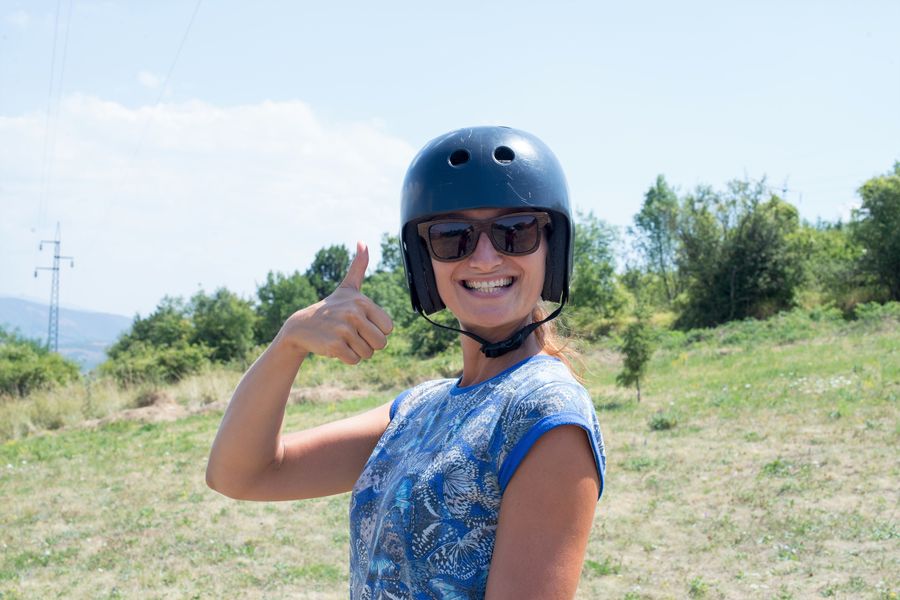

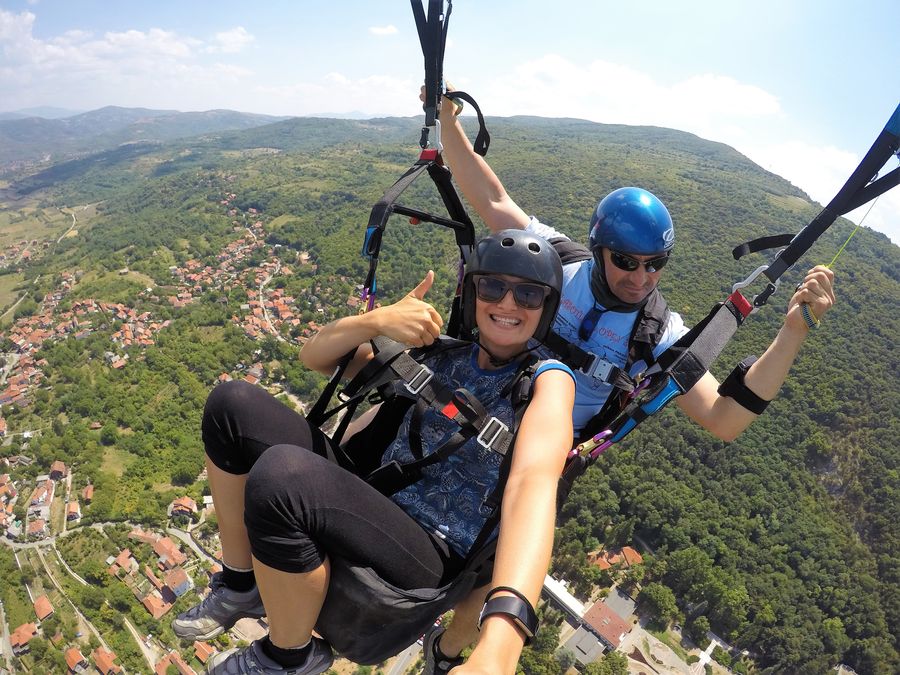
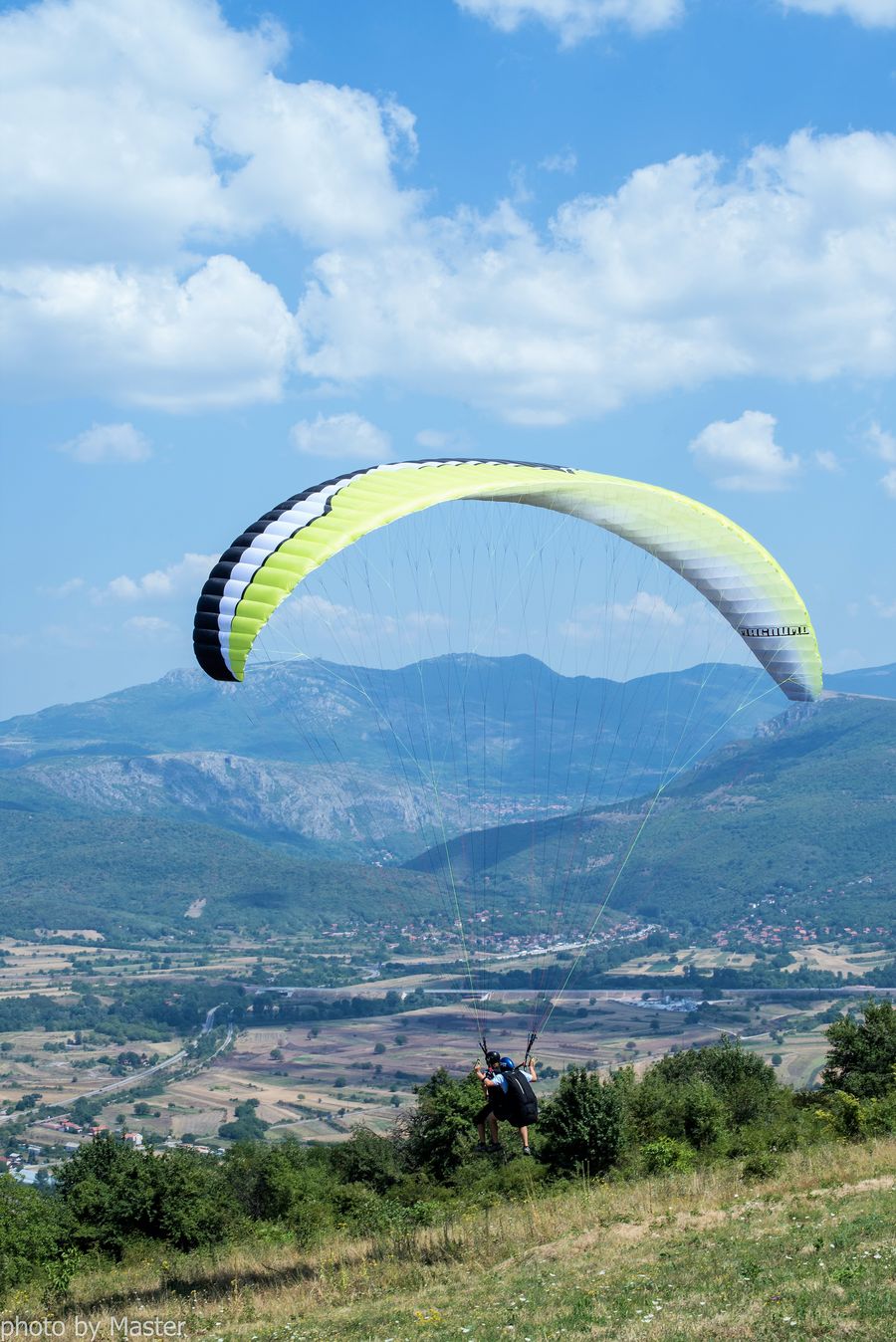
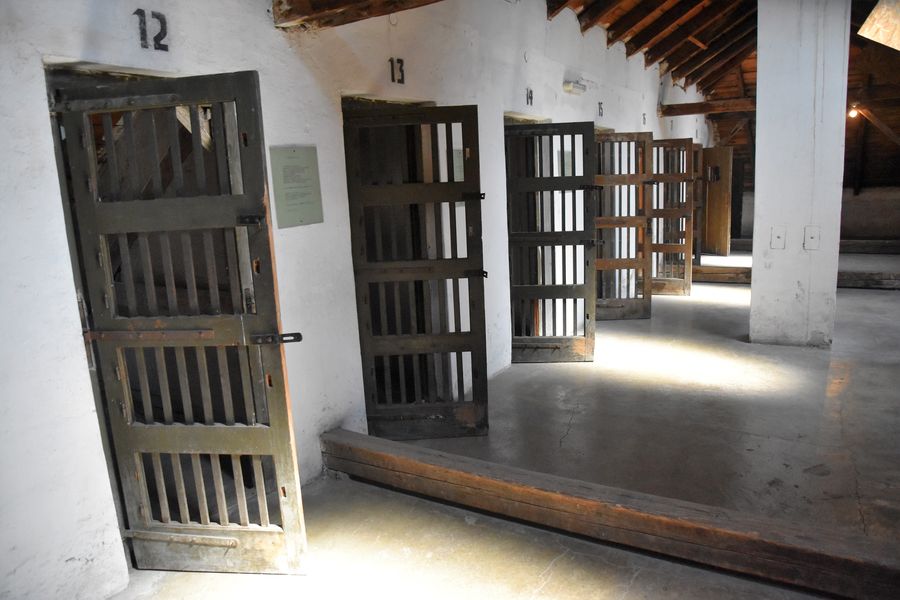
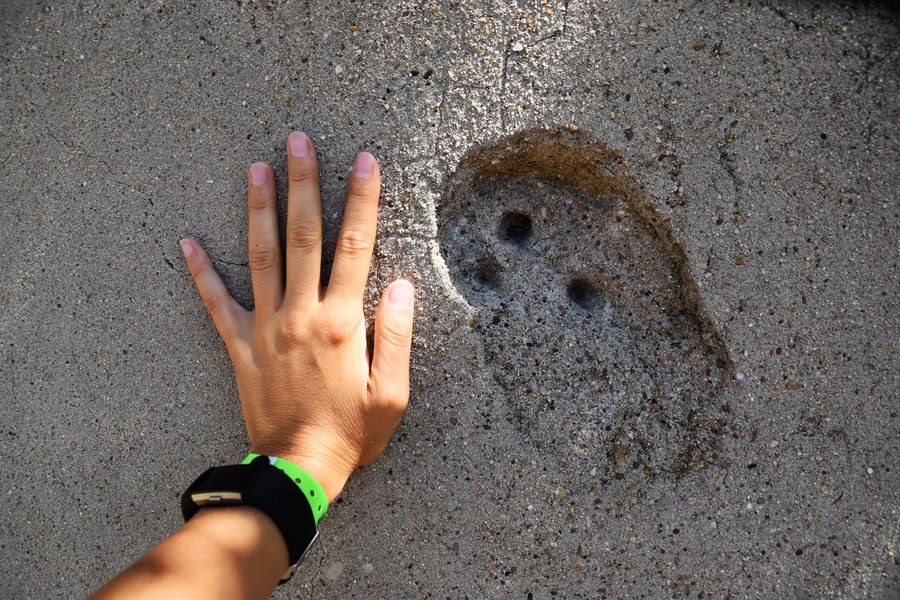
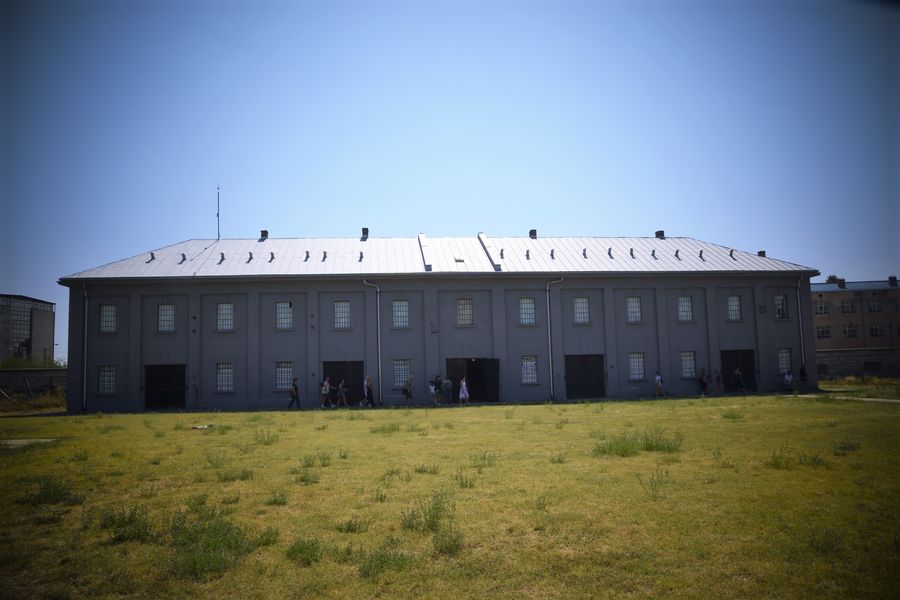

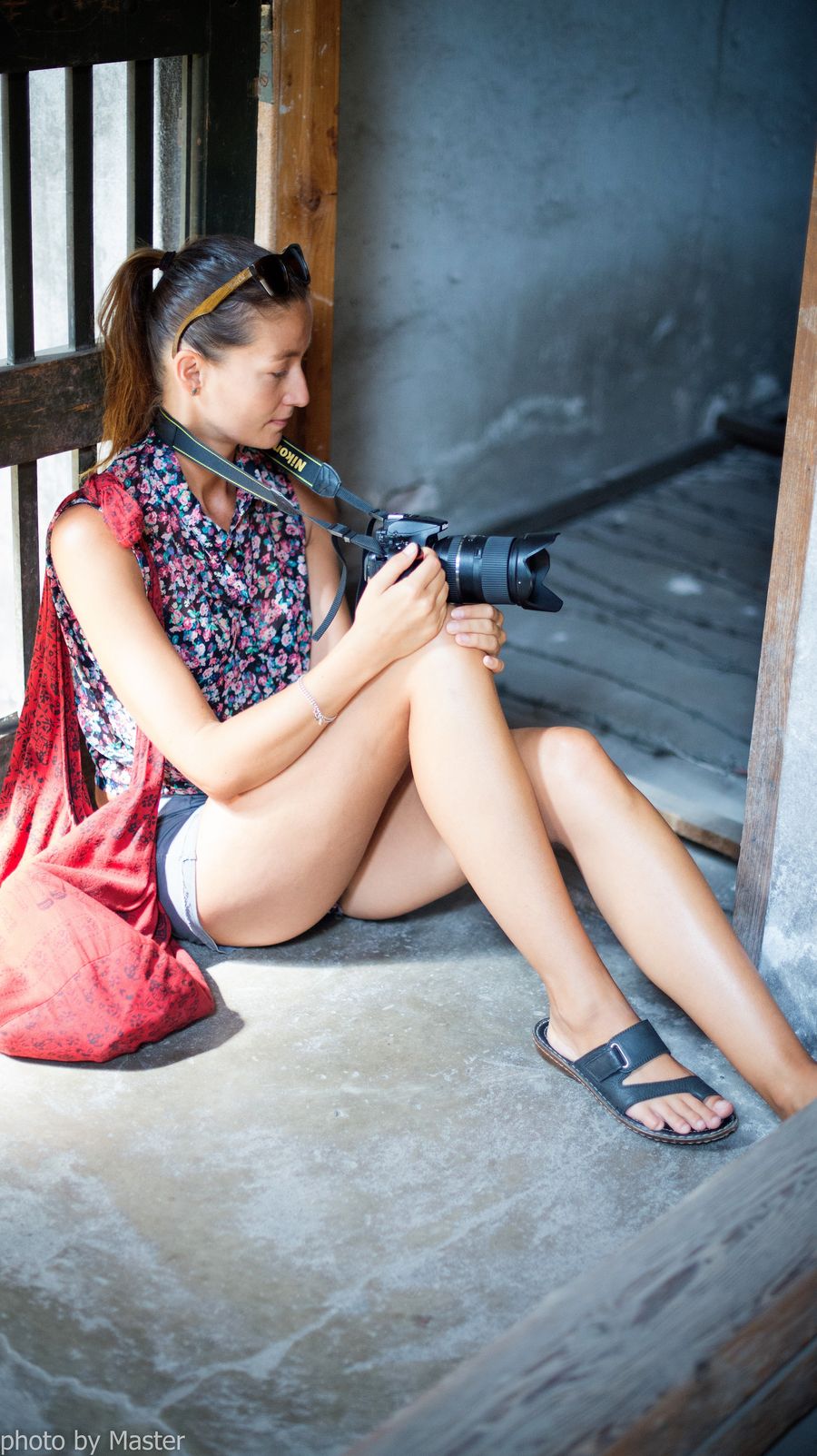
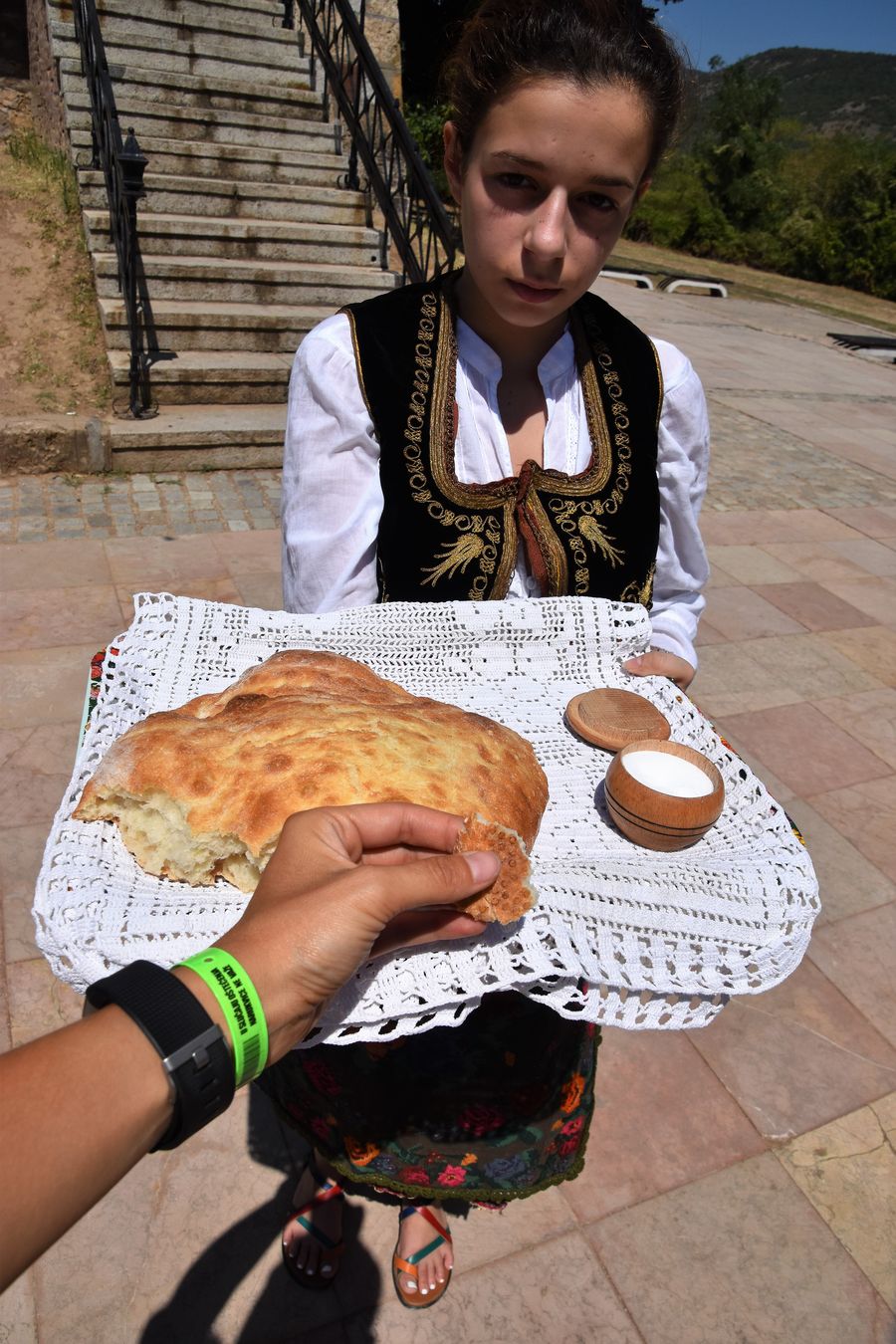
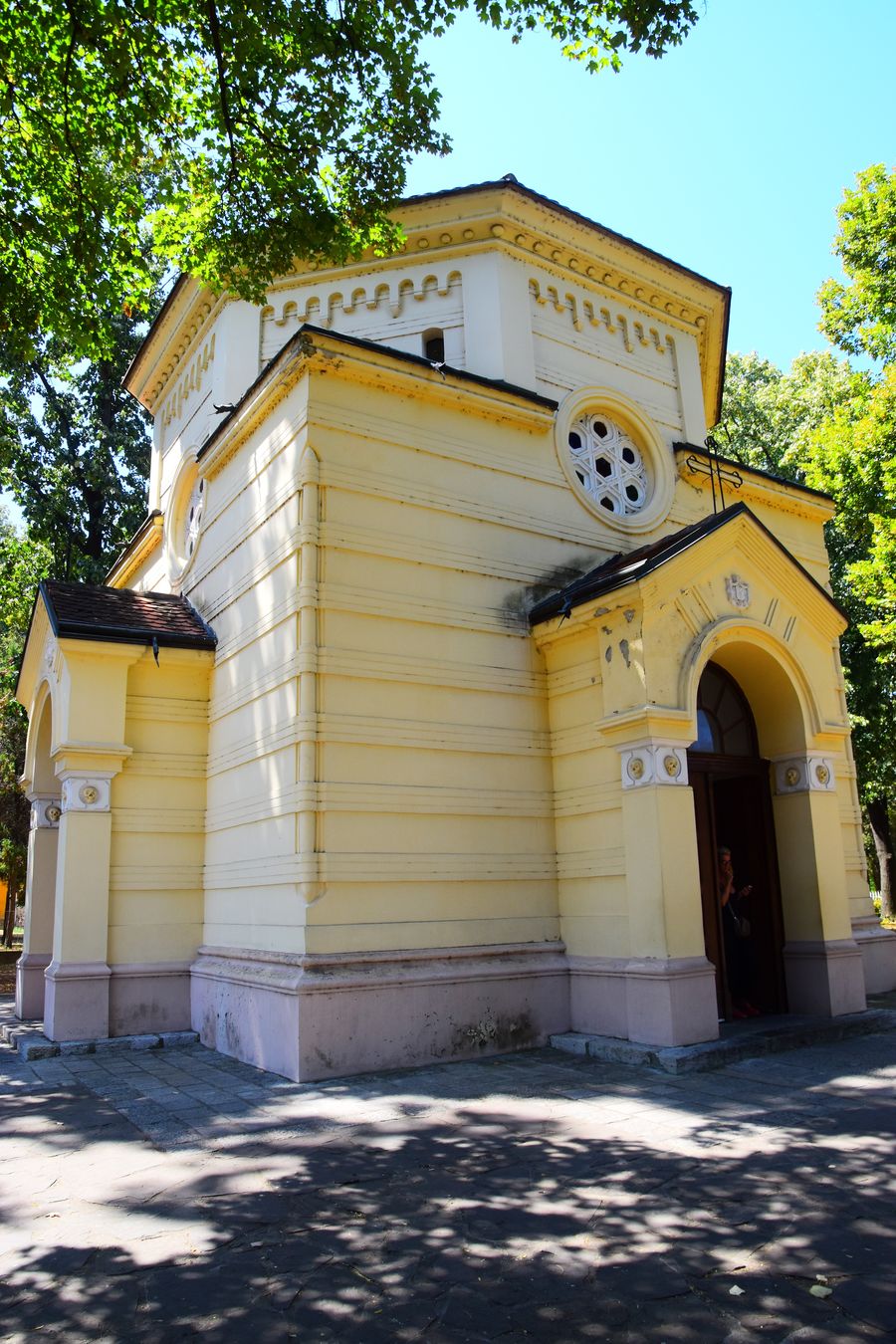
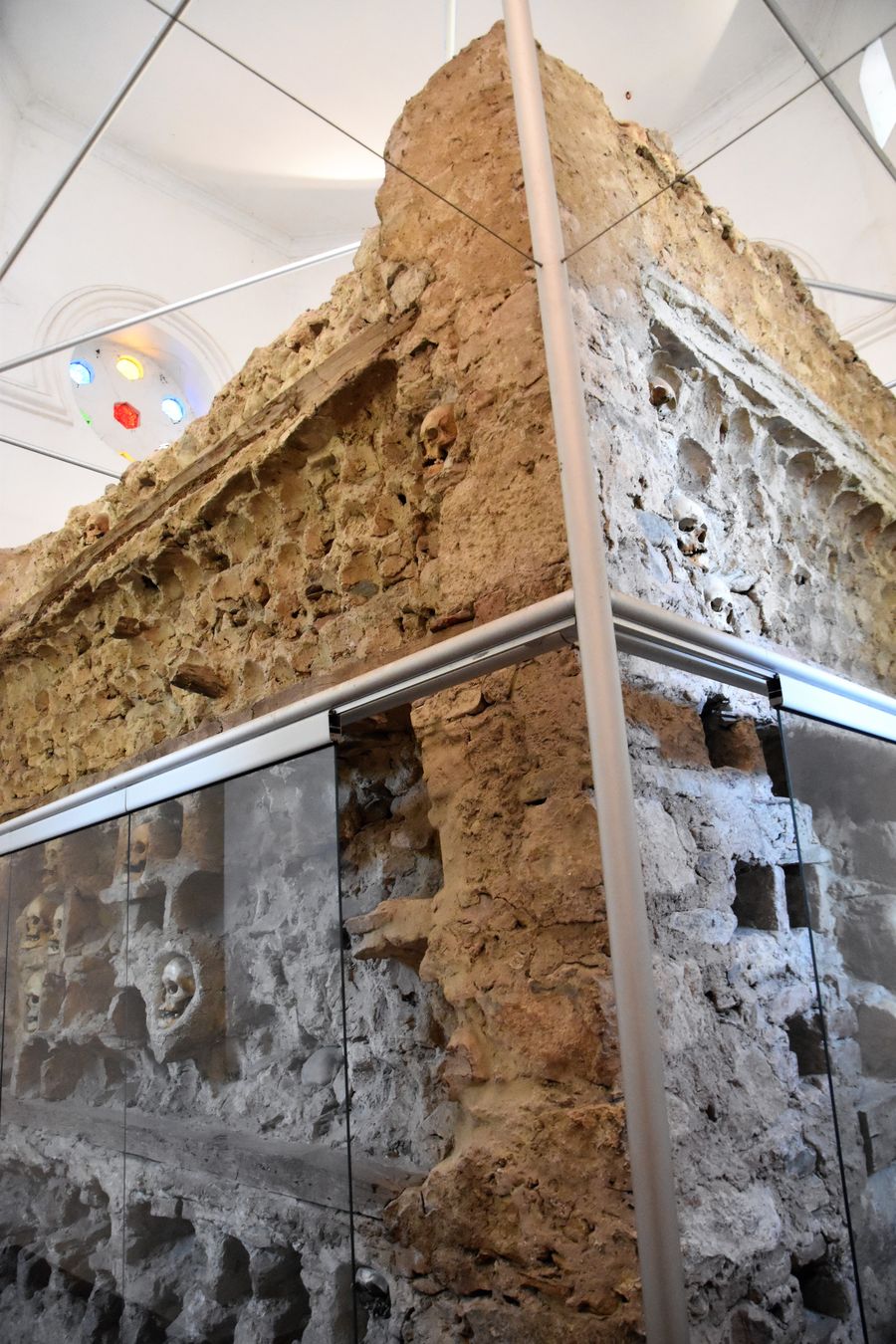
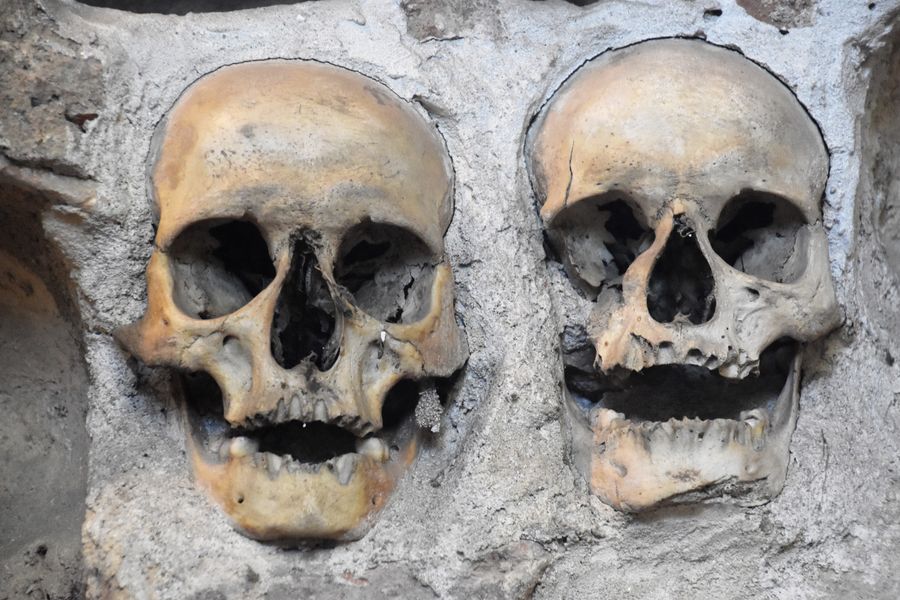
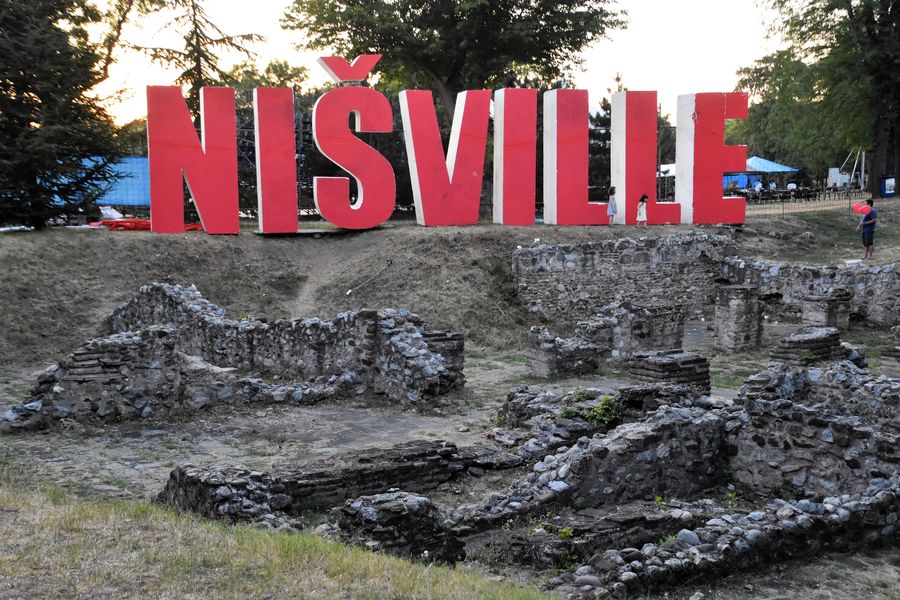
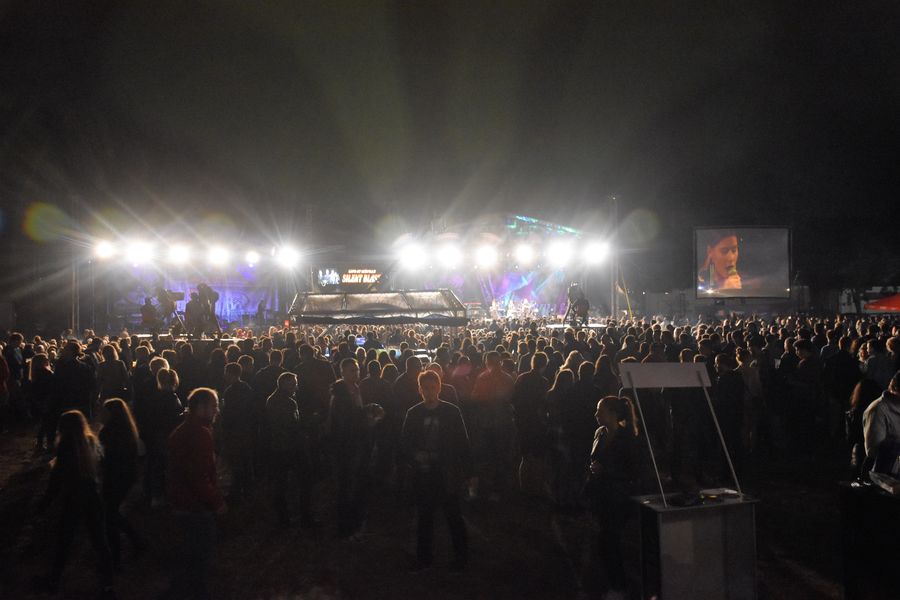

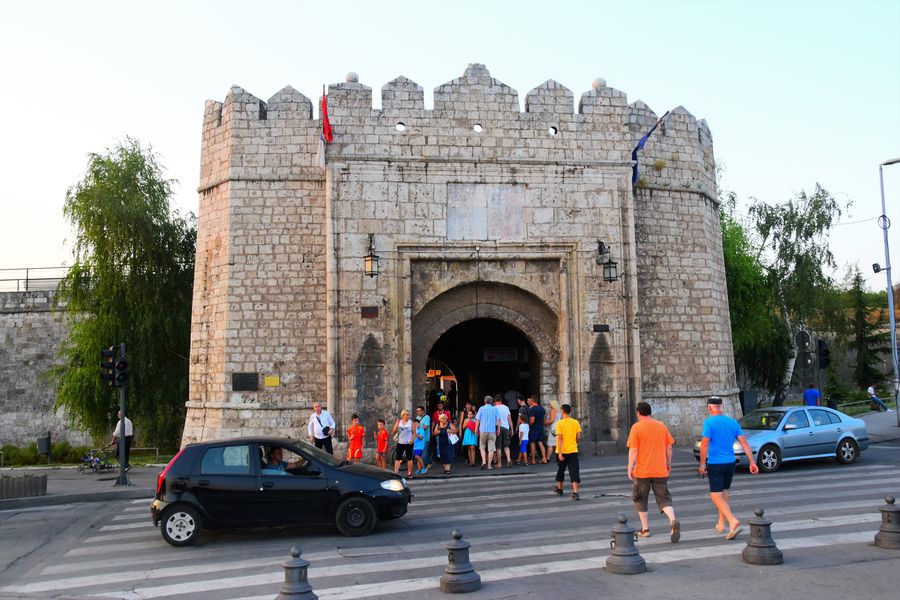
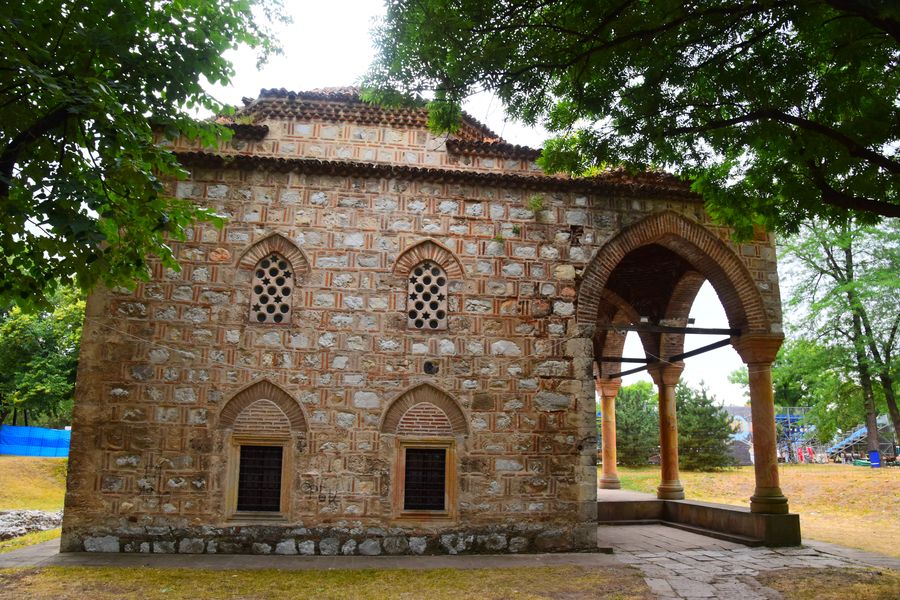

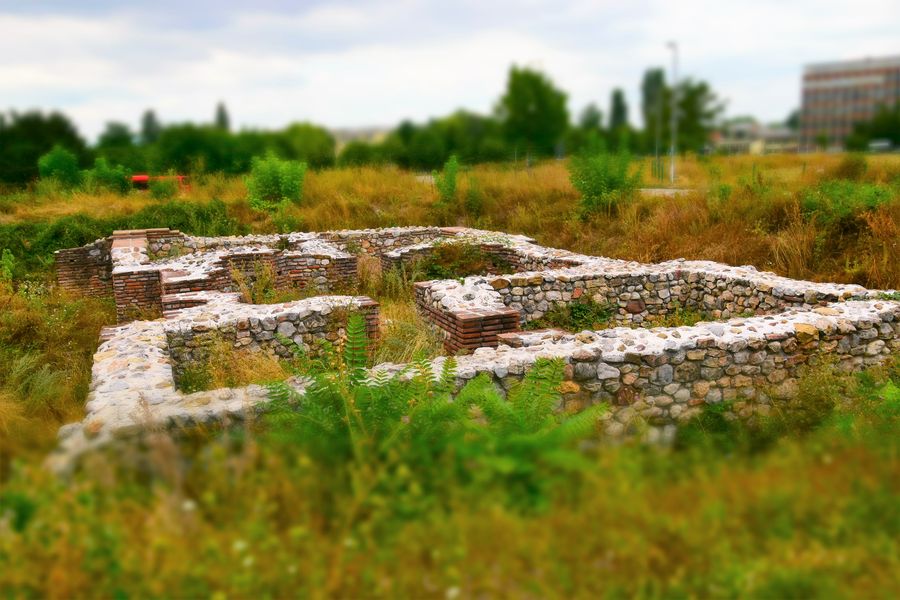
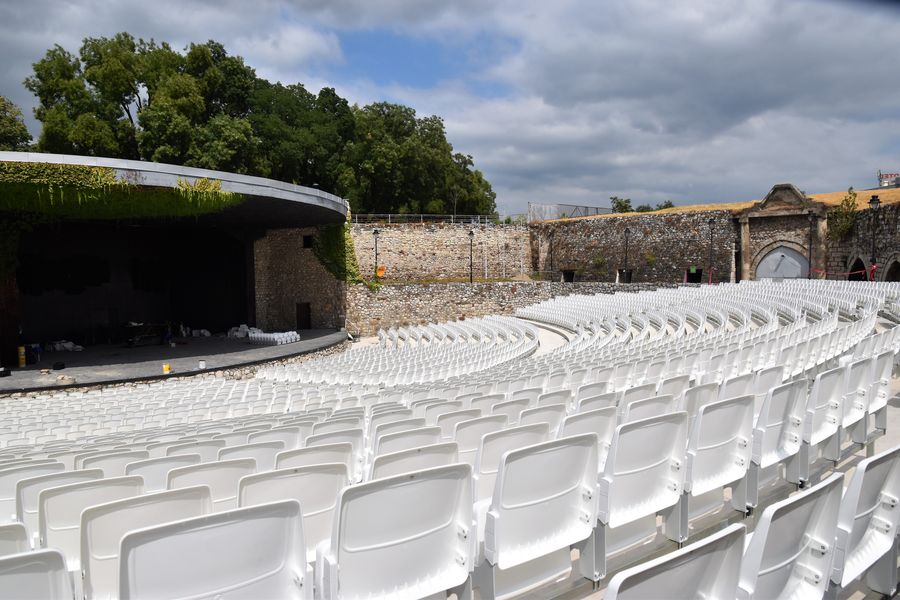
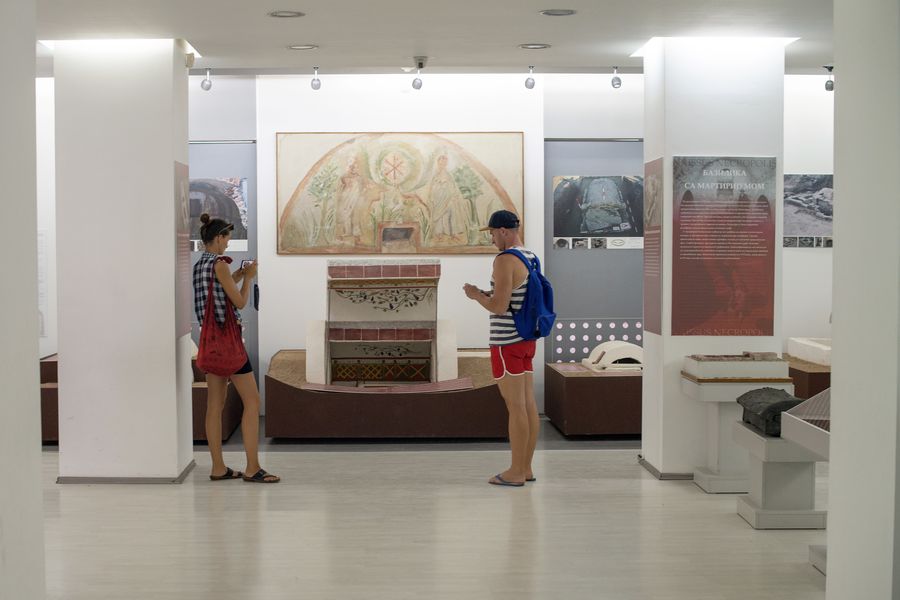
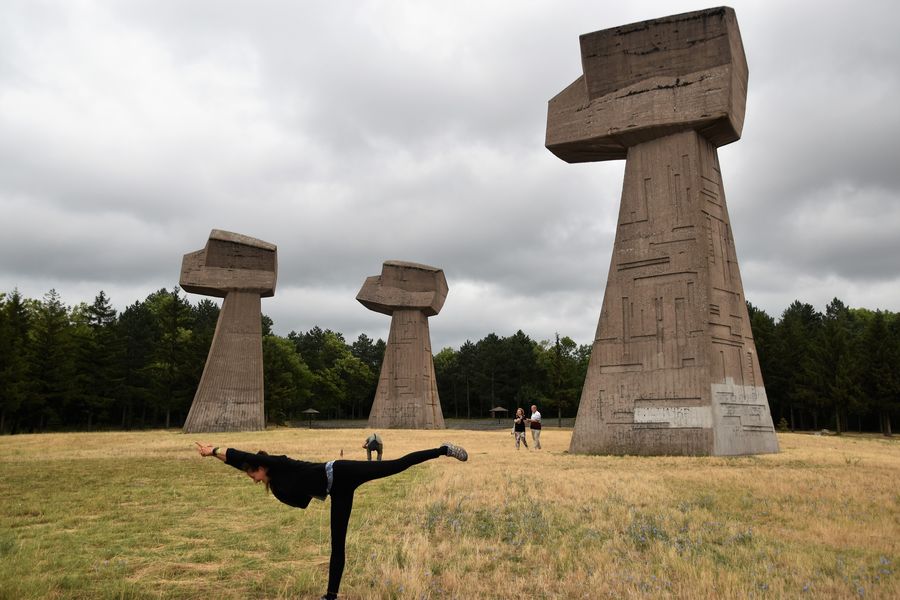
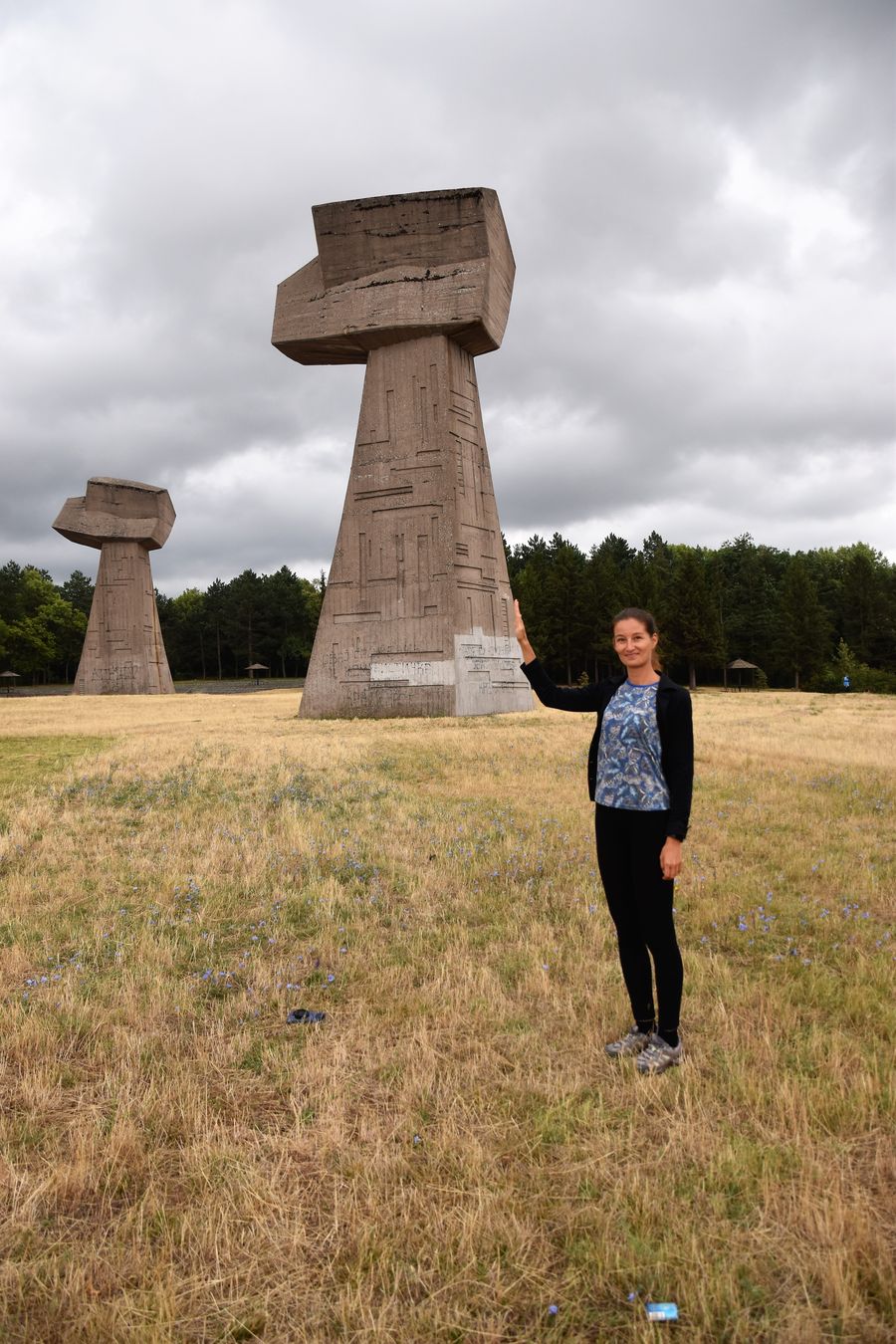
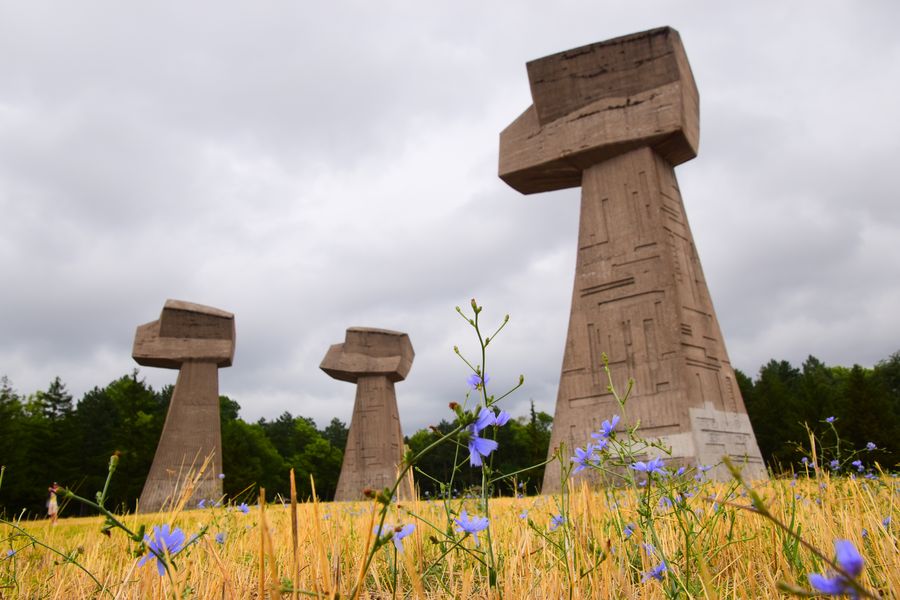
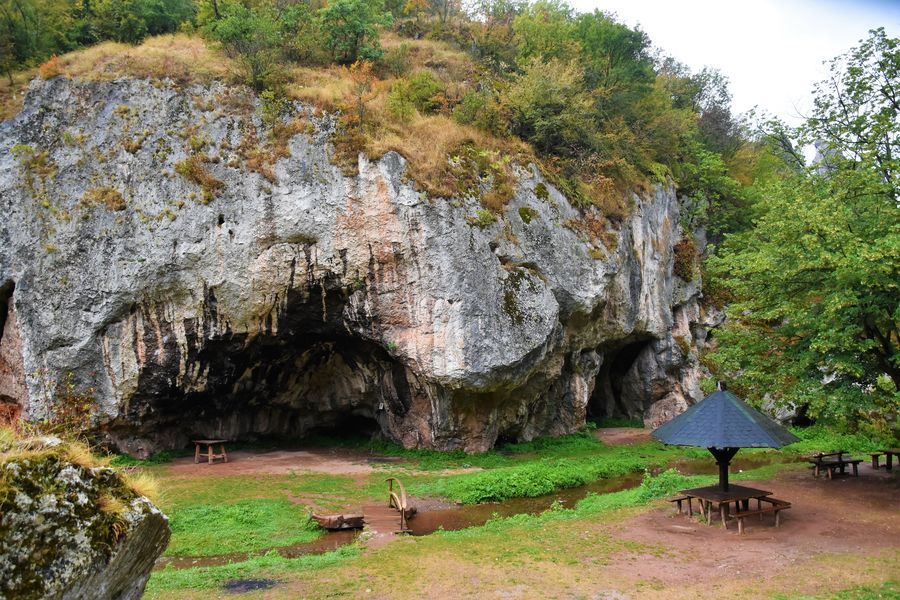
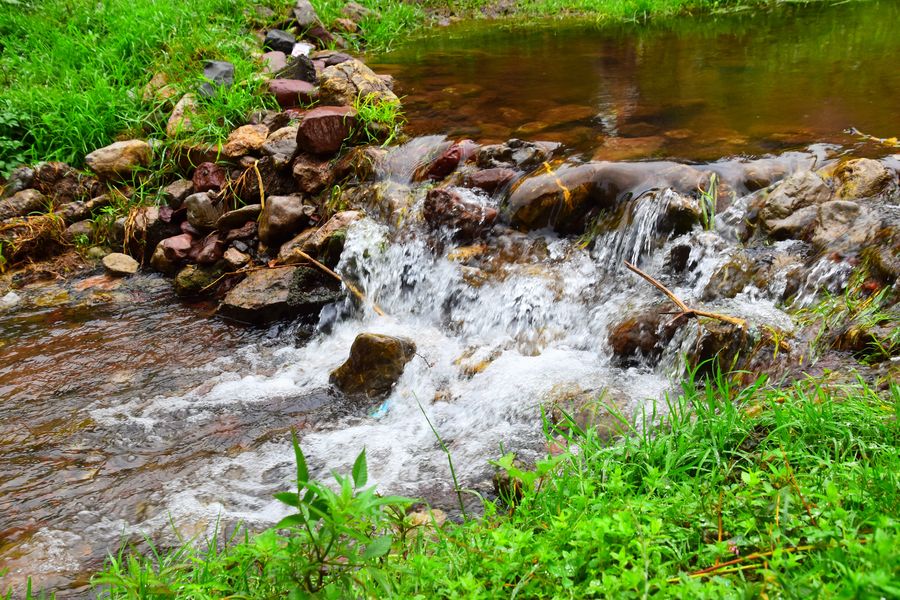
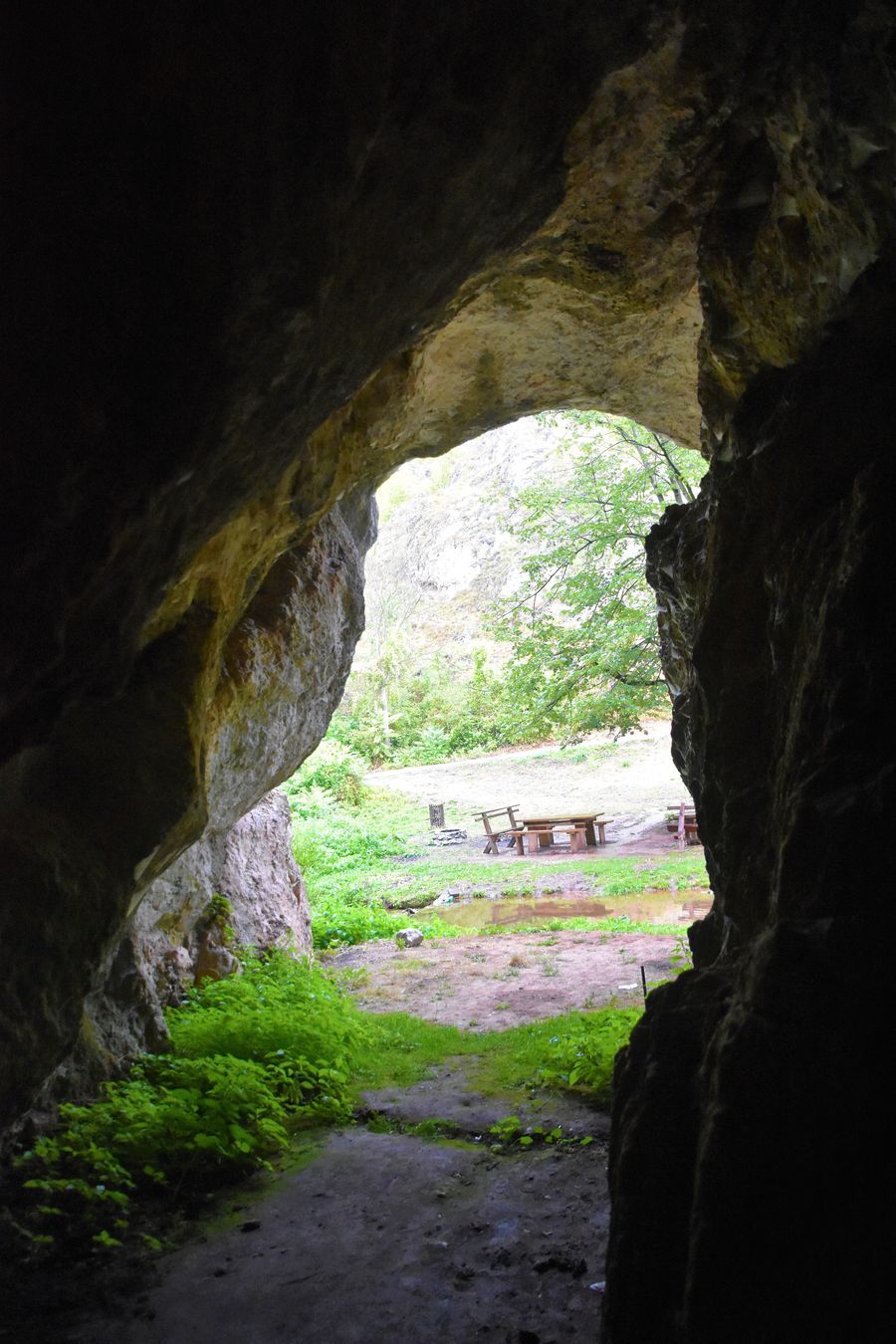
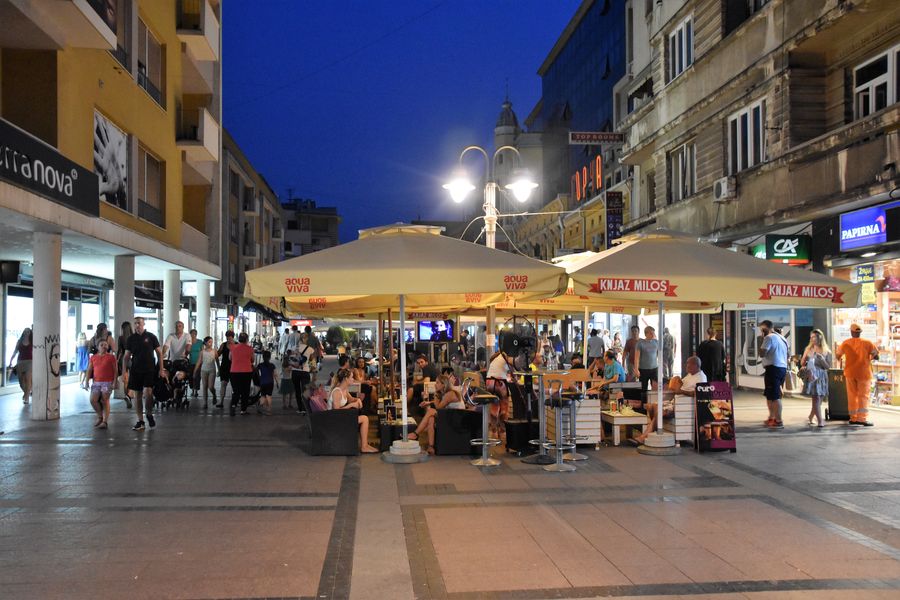
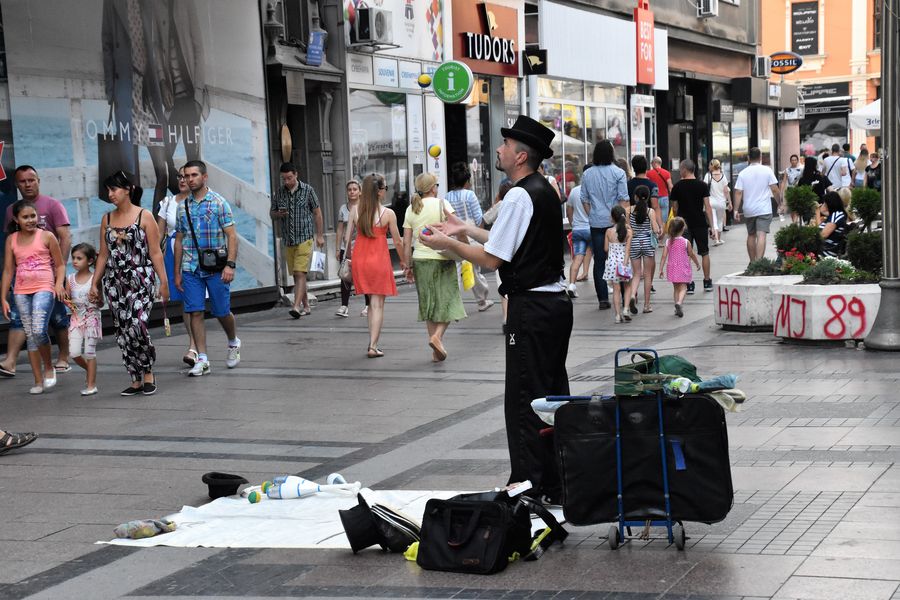
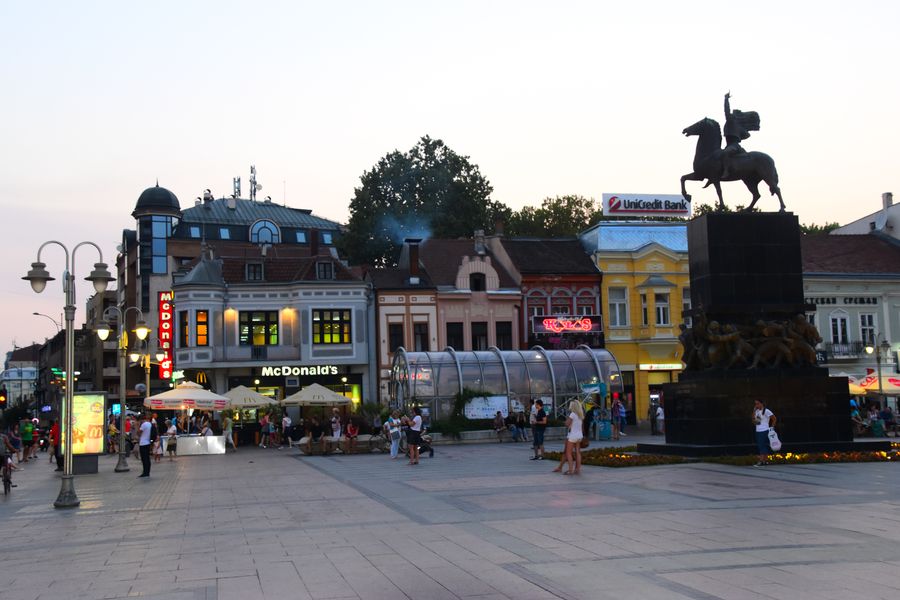
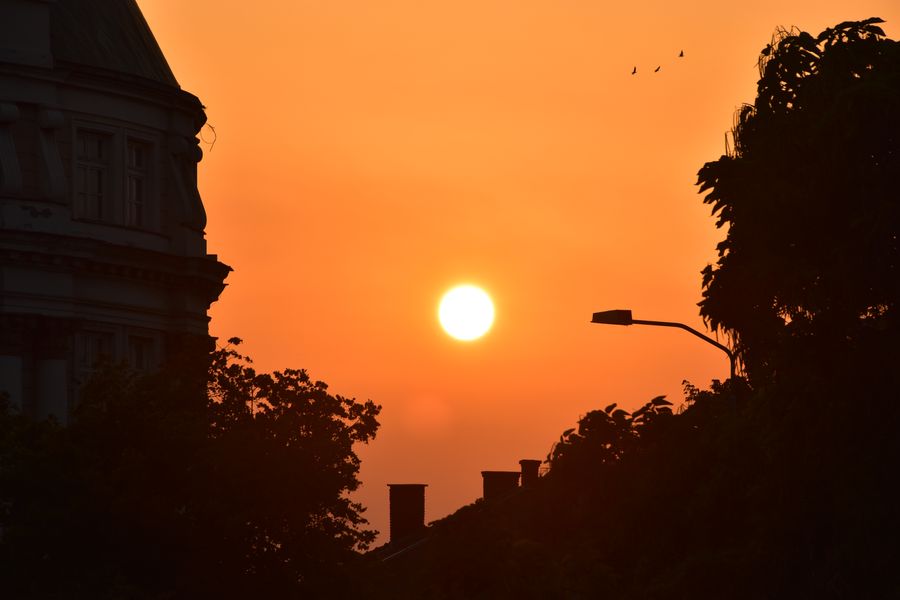
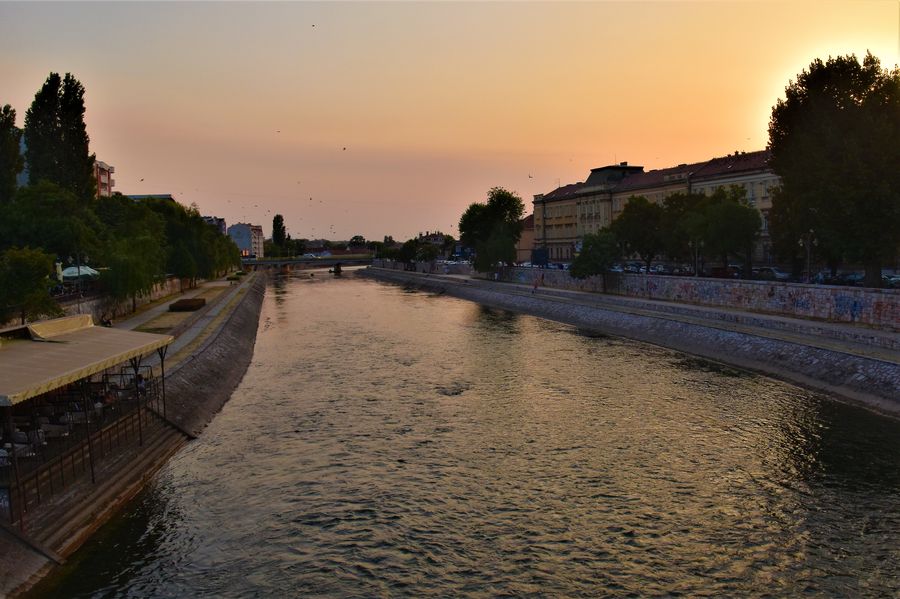
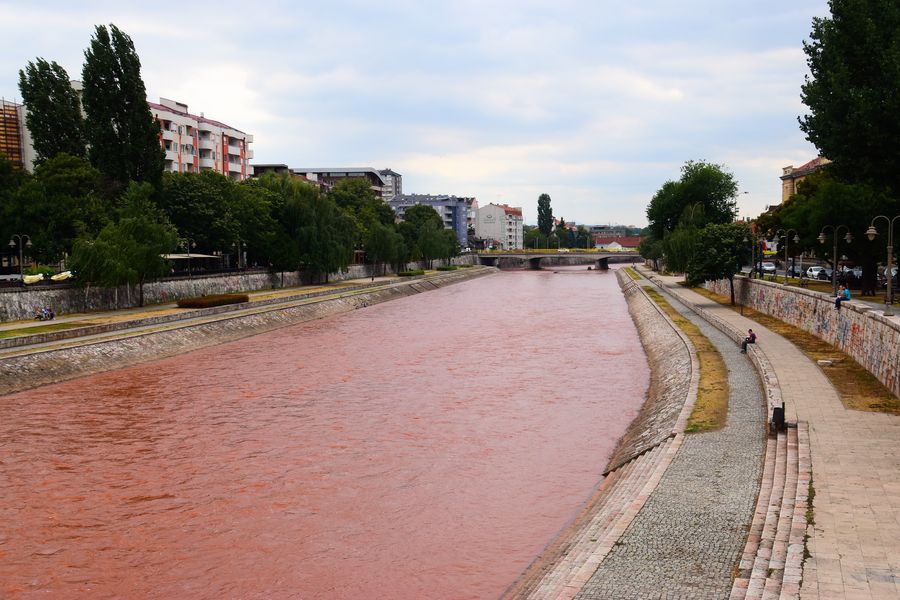
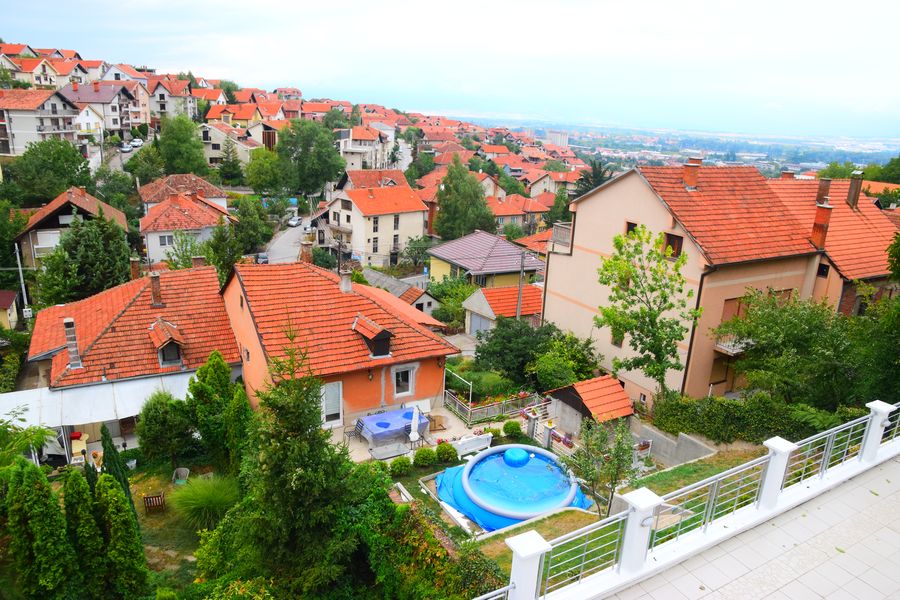
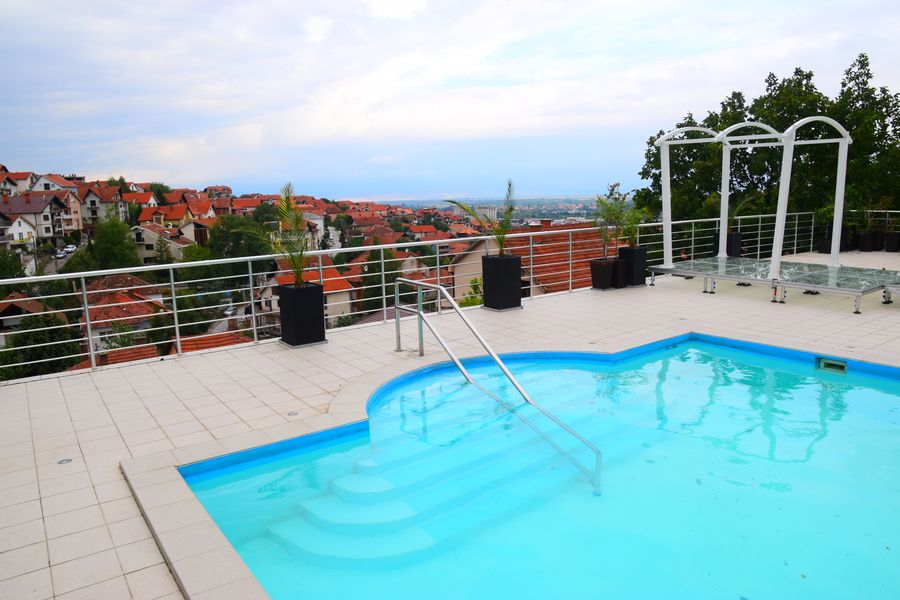
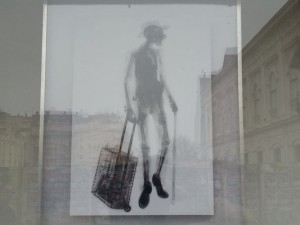
Tiia
| #
Very useful information, thanks for that Alexandra.
Crazy Sexy Fun Traveler
| #
So glad you think so, thanks for reading :)
Jamie
| #
Thanks for all the interesting tips!
Shubha
| #
It looks like an awesome place to visit and have some fun there, right? I really like the fortress. This city is now on the top of my bucket list :)
Alexandra Kovacova
| #
I really hope so :) Nis Fortress is amazing, indeed.